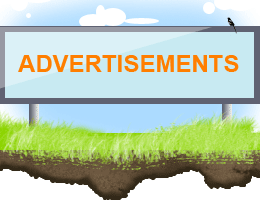In an interview with National Public Radio, former Fed Chief Alan Greenspan stated that “the odds are clearly rising” that the U.S. economy will enter a recession soon. Other economists share his views. There are many signs to back up his stance.
Wholesale prices increased by the largest margin in 34 years. Retail prices have shown much more moderate growth, but there are further signs that inflation may become a greater problem as increases in fuel prices spill over into other industries.
The primary tool for the Federal Reserve to abate the effects of recession is to lower the Federal Funds rate. However, if inflation begins creeping up, then it will limit the Fed’s willingness to lower interest rates.
The economic growth rates are also dropping. According to Greenspan, “we are getting close to stall speed.”
Recession is normally characterized by substantial rises in unemployment and higher defaults on consumer debt. Foreclosure rates have already increased to nearly double the 2006 rates.
Major credit card issuers that have experienced heavy losses from the subprime mortgage crisis may have a tough time also dealing with increasing charge-offs. Those signs are also already here, as charge-offs have already increased 20% over the same period last year.
The risk of recession is clearly rising. The signs are there, and economists agree that the chances of the U.S. economy falling into a recession is increasing. The new question is likely to be, how severe will this recession be?




